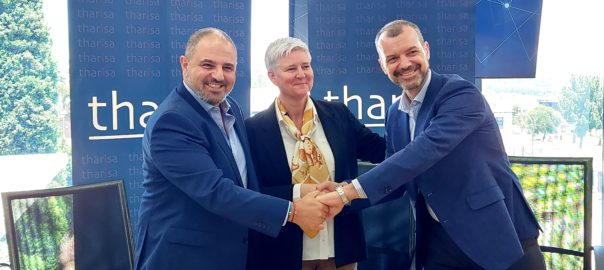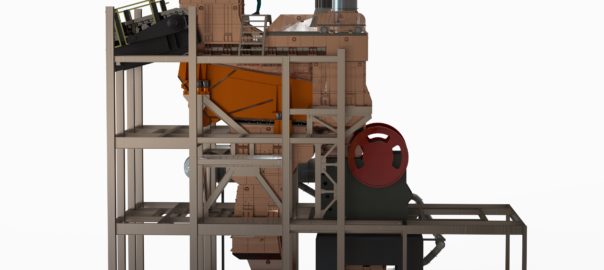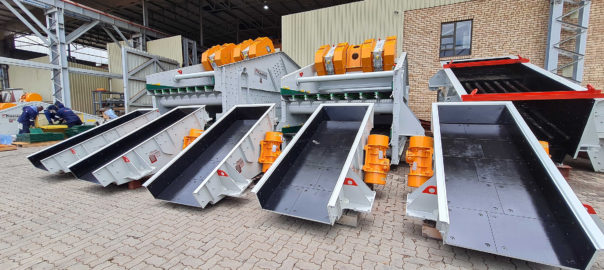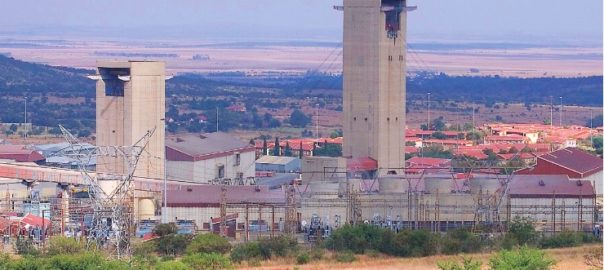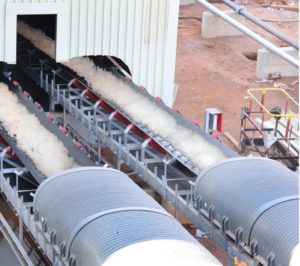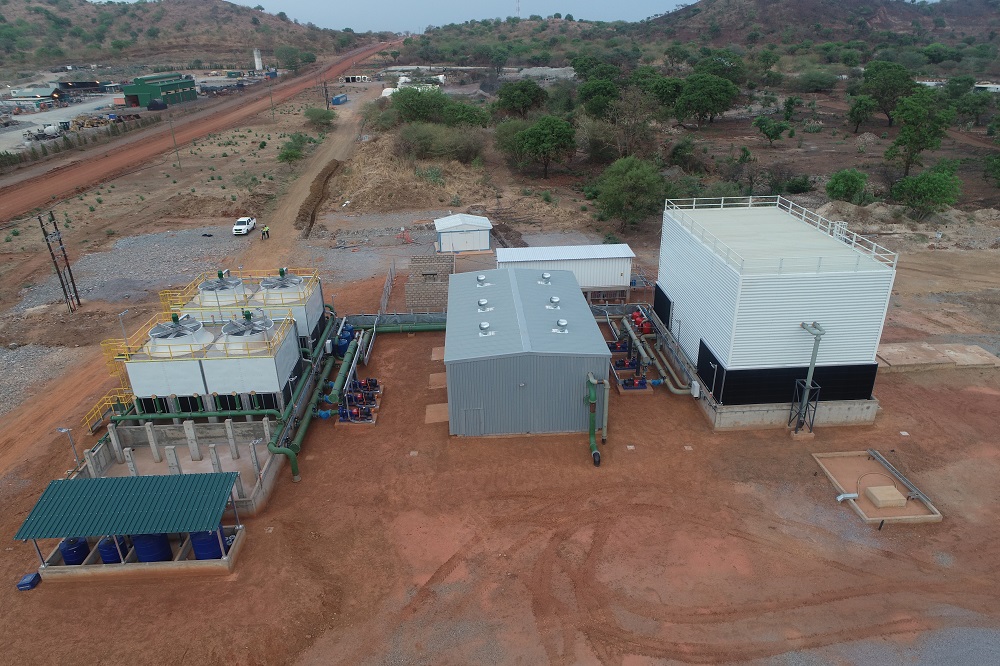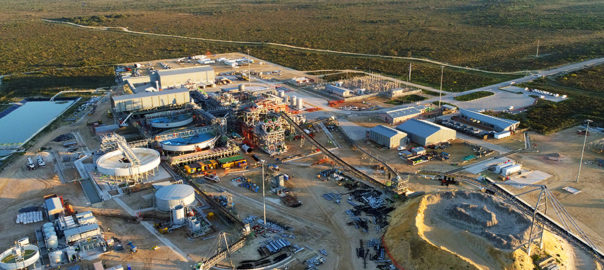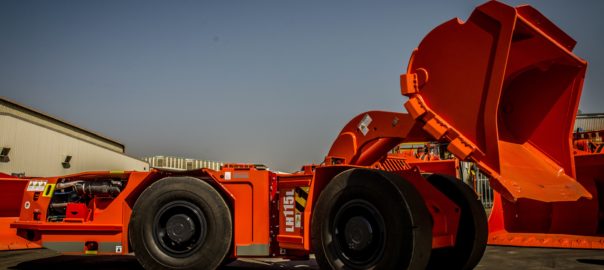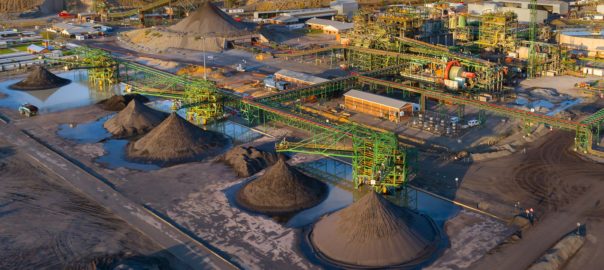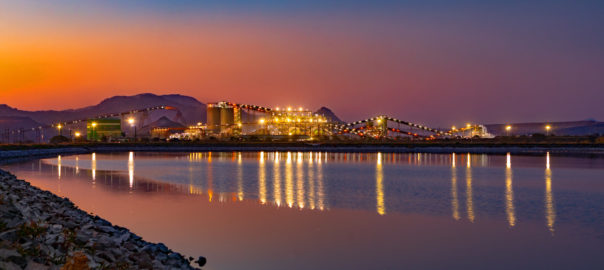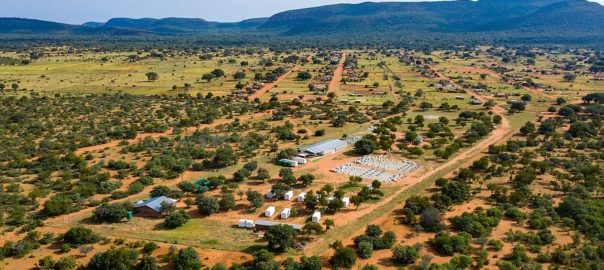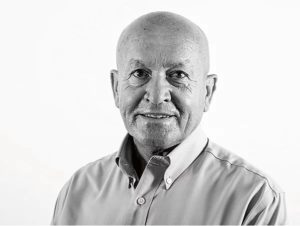Total Eren, a renewable energy independent power producer, and Chariot, an Africa-focused transitional energy company, have signed a Memorandum of Understanding (MoU) with Tharisa plc to develop, finance, construct, own, operate and maintain a solar photovoltaic project for the supply of electricity to the Tharisa PGM mine, in the North West province, South Africa.
The solar PV project is initially anticipated to be 40 MW peak with demand expected to increase over the life of the Tharisa Mine. This MoU is the first step towards implementation of the project and signing of a long-term Power Purchase Agreement for the supply of electricity on a take-or-pay basis, the companies said.
Fabienne Demol, Executive Vice-President & Global Head of Business Development of Total Eren, said: “We are very pleased to be entering into this MoU with Tharisa. Through our partnership with Chariot, we are keen to assist mining companies in Africa to reduce their carbon intensity and energy costs, via implementing renewable power solutions into their operations. We are eager to bring our global expertise in solar generation to Tharisa mine and we look forward to delivering further renewable projects for our mining customers in Africa and worldwide.”
Benoit Garrivier, Chariot Transitional Power CEO, added: “This is a great outcome for Chariot’s Transitional Power division and demonstrates the financial and sustainable benefits that our offering can bring to mining companies operating in Africa. The Tharisa team are very forward looking and understand that the addition of a solar PV project at their mine in South Africa will bring significant benefits to the business. Together with Total Eren, we are excited to start working on the financing and development of the project and we will update the market further on this and other opportunities that we are progressing in due course.”
Tebogo Matsimela, Head of ESG at Tharisa, said: “Tharisa plays a significant part in the global energy transition movement, and we are committed to producing these key metals in a sustainable manner. The solar power solution provided by Total Eren is but one of several steps we are taking to ensure our flagship Tharisa Mine, which has a life of mine of over 50 years, has a reduced carbon footprint.
“Our goal is to reduce our carbon emissions by 30% by 2030 and ultimately become net carbon neutral by 2050.”
Tharisa Minerals produces PGM concentrate and metallurgical- and specialty-grade chrome concentrates from a shallow open-pit mine near Rustenburg, North West province. The Genesis and Voyager plants at the operation have a combined nameplate capacity of 4.8 Mt/y of run of mine.







